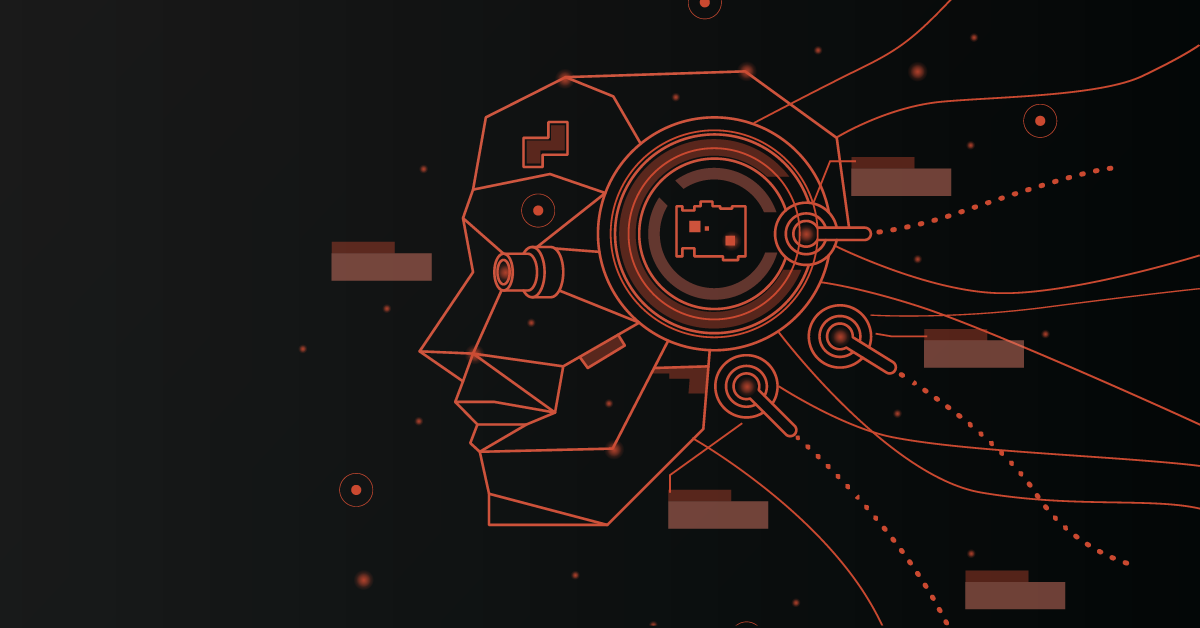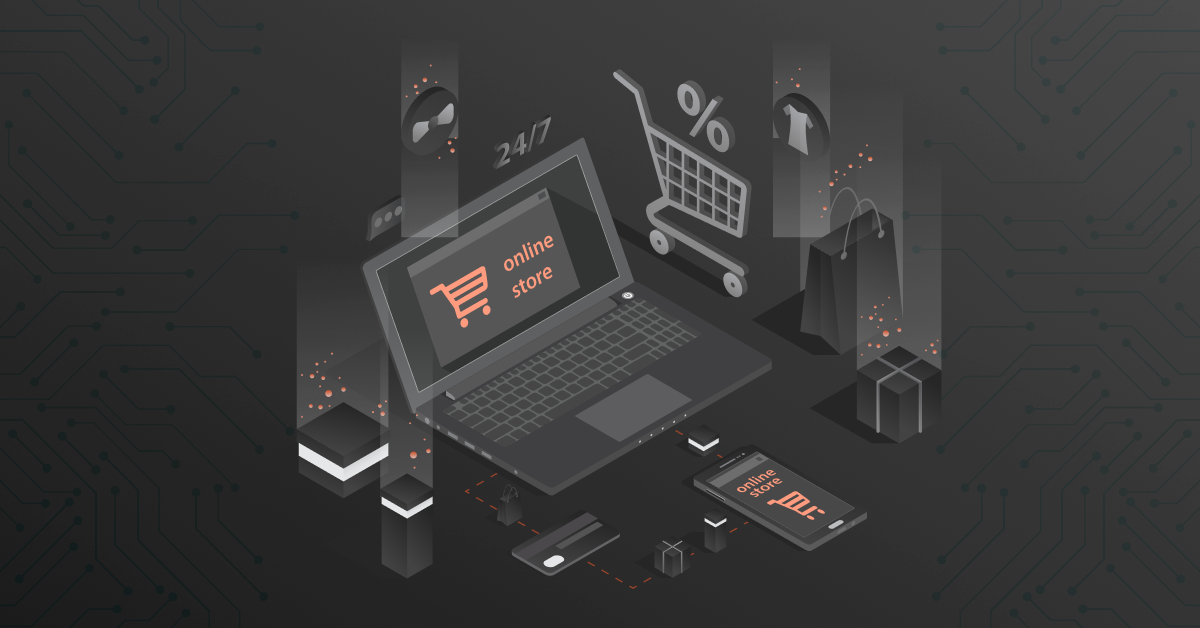Contents
B2B Digital Commerce Transformation
Online selling is now a booming trend in the Manufacturing and distribution sectors to reach out to their global audience. But fitting the digital commerce practice into the Business process has always been a challenge. A scenario where I have multiple systems that are used by cross-functional teams, for example, a Sales Executive, Customer Support Representative (CSR) uses CRM/ Marketing tools(Salesforce, Hubspot, SAP CRM, etc), Finance Executive uses Accounting software/ ERPs (SAP H4 HANA, SAP B1, Oracle, NetSuite, Epicor P21, DDI Systems, Distribution One, Acumatica). To enable this live integration and data sync, we use a few integration tools like Mulesoft, Dell Boomi, DCKAP Integrator, and many more. These integration tools help in integrating all these individual applications.
How Does B2B Integration Work?
The Generic business process for any Distributor or Manufacturer involves the following steps.
- Customer Sync: As soon as a customer is onboarded by the sales team in CRM, that will automate the customer creation process in the ERP.
- Customer Approval: The KYC will be done and the customer will be approved in ERP and that info will get synced to eCommerce & CRM, creating the customer as user and Account respectively.
- ShipTo Sync: The ShipTos created in ERP or Created in eCommerce will get directionally synced and updated in both systems.
- Contract Pricing: The pricing will be synced from ERP to eCommerce as and when the customer wants to place an order.
- Payment Contracts: An integration validation from ERP to eCommerce that allows/disallows the customer to purchase on account.
- Offline Orders: If a customer has placed an order over phone or email, the same order detail will get synced to eCommerce, so that the customer can track the order from the dashboard.
- Pay Invoices: All the pending invoices will be synced from ERP to eCommerce and allow the user to pay one or more invoices via credit card.
Shortcomings in these integrations:
- All the required information of the customer’s company is not captured.
- The value is not in the required format of the receiving system.
- There are one-to-many relations in the data sync between systems.
- Customers having an approval hierarchy for order placements.
How to overcome these shortcomings?
There are several B2B integration platforms over the decade, but very few have evolved with a more scalable and robust user experience that enables no-code changes to accommodate the business needs and overcome these shortcomings.
A real example- Integrating Magento Commerce with Epicor P21 using DCKAP Integrator. This has been a complicated integration and with the robustness of DCKAP Integrator middleware integration software features like:
- Email Notification to all the project stakeholders on any missed or data synced with errors.
- Modifiers for accommodating the required format for the recipient system.
- Field Mappings, which allows mapping one-to-many fields between 2 systems.
- Customers’ business hierarchy is entirely based on the business workflow of the customer and the eCommerce system implemented in your business.
- Magento Commerce has customer hierarchy management out of the box.
- Magento Open Source can be enabled with this feature using some 3rd party extensions.
- BigCommerce also has an option to get equipped with BundleB2B.
- Shopify Plus, there are lots of 3rd Party apps available in the Shopify App Store.
There are other eCommerce applications growing the market like EvolutionX, EPISERVER that are equipped with these features.
With all these options available, it has become a piece of cake for the business to manage customers, orders, and revenue seamlessly and automated.
How the industries are getting used to digital transformation?
Between 2020 and 2023, direct investments into digital transformation are projected to reach a total of 6.8 trillion U.S. dollars. Originally, the spending on the technologies and services that enable digital transformation worldwide for 2023 alone was expected to amount to 2.3 trillion U.S. dollars. This was a pre-covid forecast and a revised forecast will most likely show lower figures for 2022 and 2023. For 2020, 1.3 trillion U.S. dollars in global spending on digital transformation technologies and services was projected in a covid-adjusted forecast. (Source: https://www.statista.com/statistics/870924/worldwide-digital-transformation-market-size/)
This shows the COVID-19 pandemic has accelerated this growth even further than predicted, with a new age of manufacturing entrepreneurs shifting gears to eCommerce From internal operations to customer experience, manufacturers across industries are gearing up for change- more innovative and scalable manufacturing digital transformation.
What are the ShortComings for the Buyers/ Customers?
The Distributors and Manufacturers have equipped themselves with automating and making it easy for B2B Buyers. But, did it make it easy for the B2B Buyers/ Customers?
Types of B2B Customers
- Individual: This buyer will be running a small business at one location and that would need a minimal no. of items to be purchased in bulk quantities. For example, a retail store.
- Customer: This buyer will be having a warehouse or 2 -3 stores and that would need a shopping list, CSR, and Pay on Account. For example, A chain of restaurants would require a regular supply of paper cups and tissues.
- Company: This buyer would be a major business like Walmart who will be buying goods directly from manufacturers & distributors on a very high volume and will have regular Purchase Orders.
This Digital transformation or buying will be easy for the Individual Buyer and in some cases for the customer Buyer too.
In most cases, the problem will come in the Company Buyer category, where the company buyer will have their own systems and processes. For these buyers, the digital transformation will add more steps to the buying process.
How a Company Buyer can buy easily from a Manufacturer/ Distributor?
Nowadays we have products/solutions that don’t require registering or logging in to the manufacturers/Distributors’ eCommerce portal, rather the Company buyers can complete the purchases in their portal with few minimal steps added in the process.
There are applications in the market like Punchout2Go, Ordoro, IBM B2B eProcurement, etc.
Let me explain with a real-life example using punchout.
Company Buyer says Walmart wants to purchase electronics goods from Panasonic, a company that has digitally transformed and tightly integrated and automated.
Walmart too has some integrated systems that will lead to some process changes or workflow changes because Walmart is not just buying from Panasonic they sell multiple brands.
So Walmart subscribes to Puchout2Go which integrates the Procurement system or ERP with Panasonic’s eCommerce system.
Punchout creates a bridge between these two ecosystems and allows Walmart users to place orders without registering into the Panasonics eCommerce system.
- The Customer can punchout and login to the eCommerce system.
- The customer can see the contract pricing applied for them.
- The customer transfers the cart to their system and processes the order.
- Once the order is processed in Walmart’s ecosystem, that is transferred as a Purchased order to Panasonic’s eCommerce system.
This solution helps B2B buyers to make seamless purchasing decisions and with the click of a button, the supply chain workflow gets easier and quicker.
Conclusion:
The Digital transformation has become a mandate in this new normal. With the advancement in technology, both B2B buyers and sellers can make innovative processes from the customer buying experience to the factory floor, for gaining a competitive advantage and long-term customer loyalty with this post-pandemic life. It is never too late to move along with this innovative digital transformation, but make sure that you find the right digital transformation partner you are looking for, the future of your business will depend on it.




